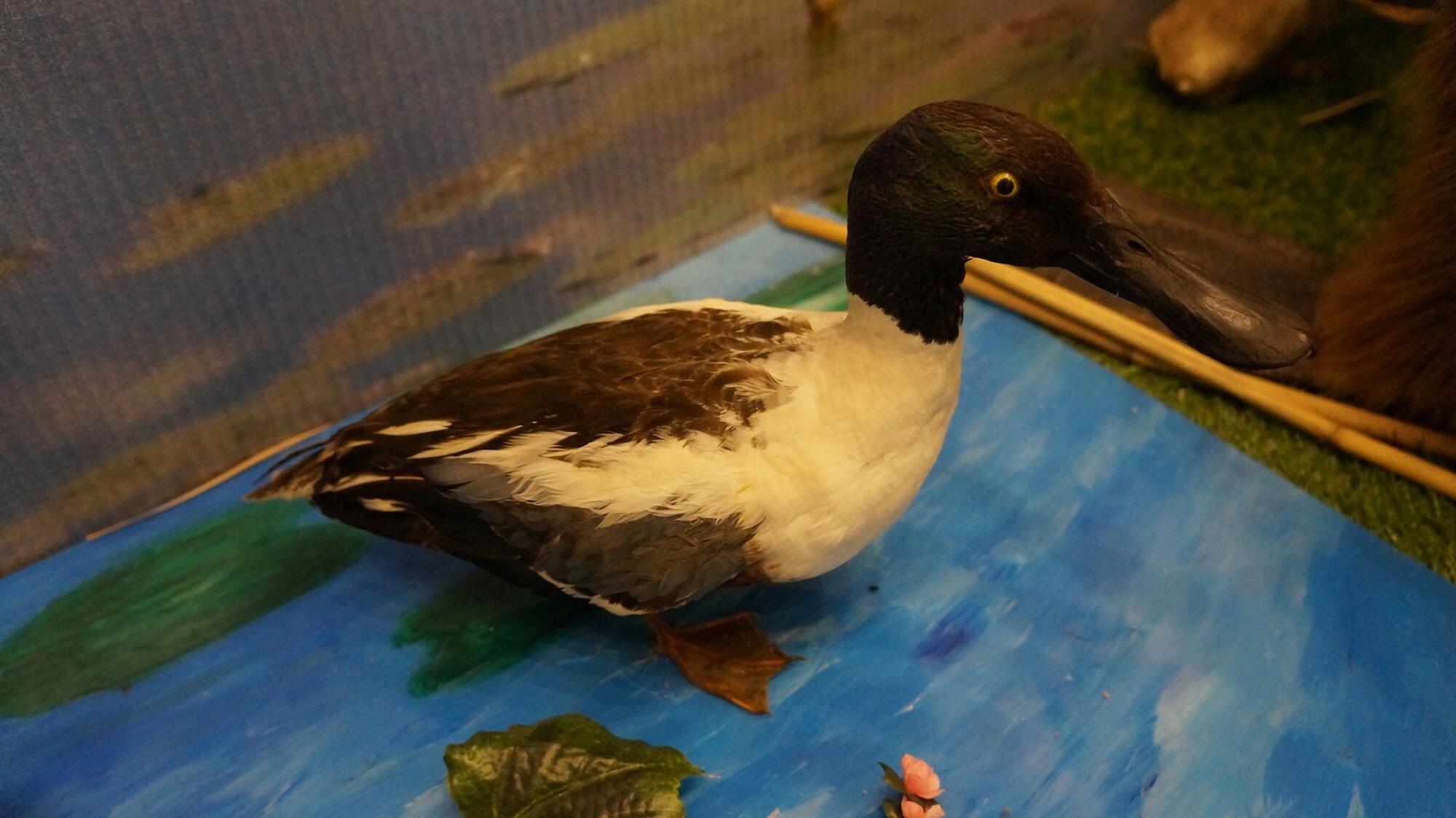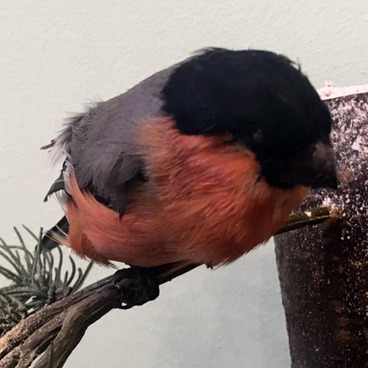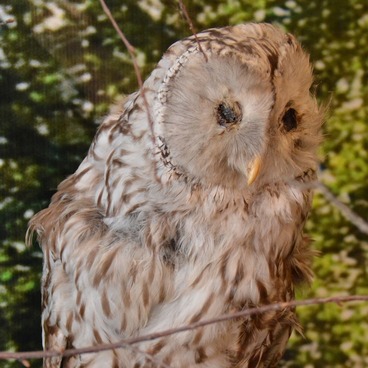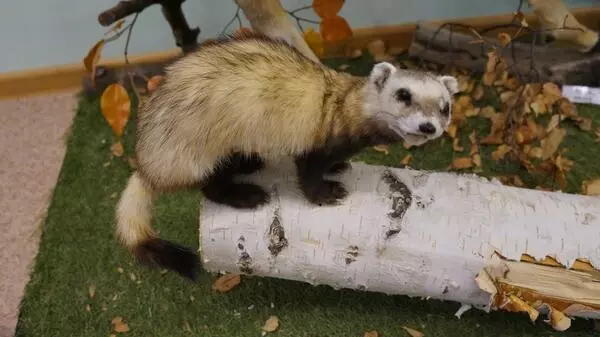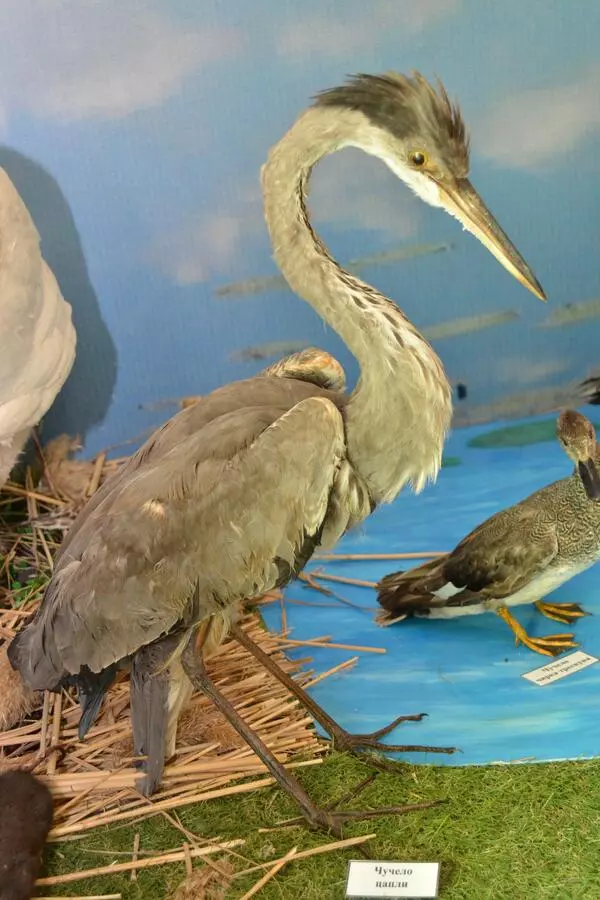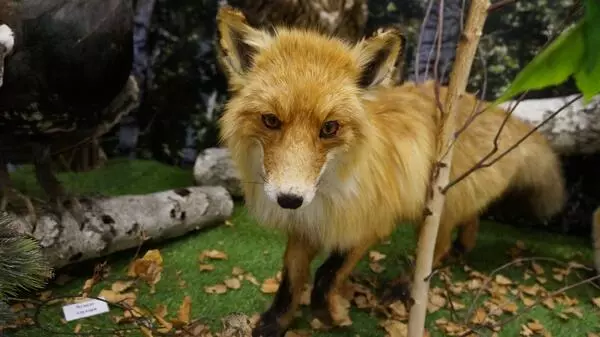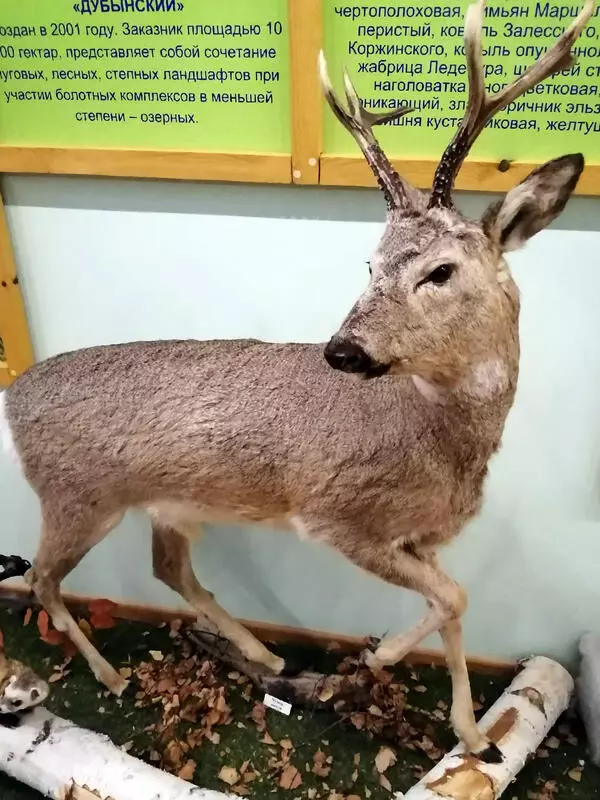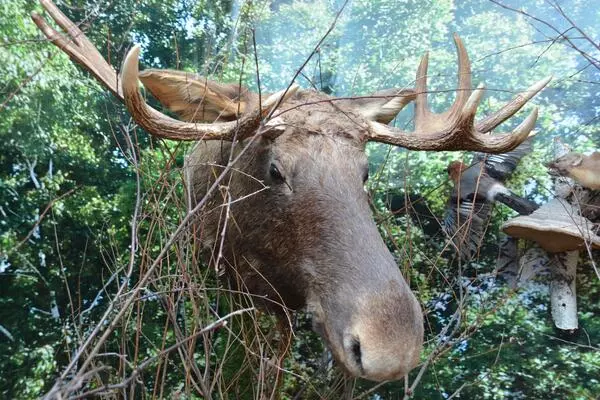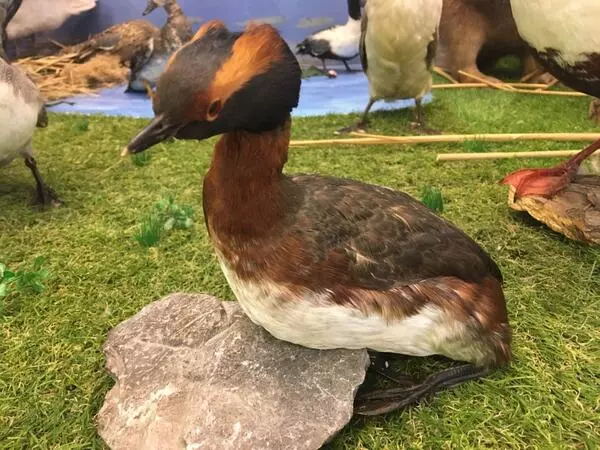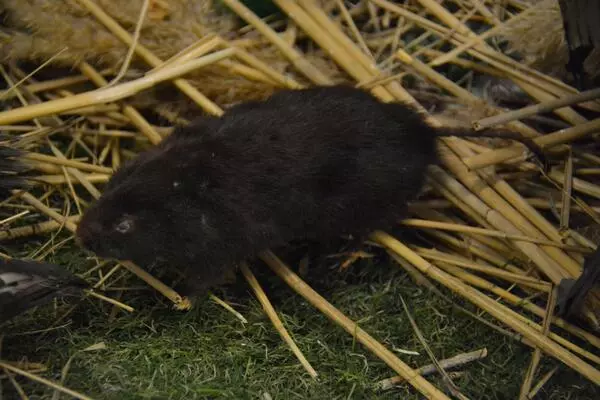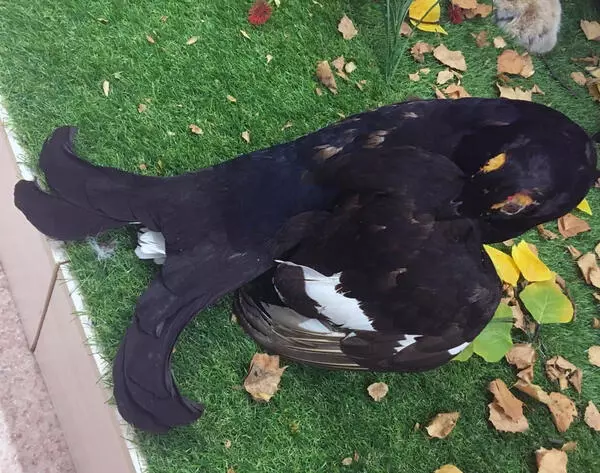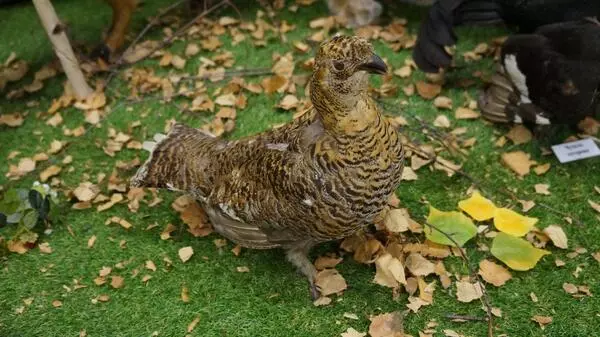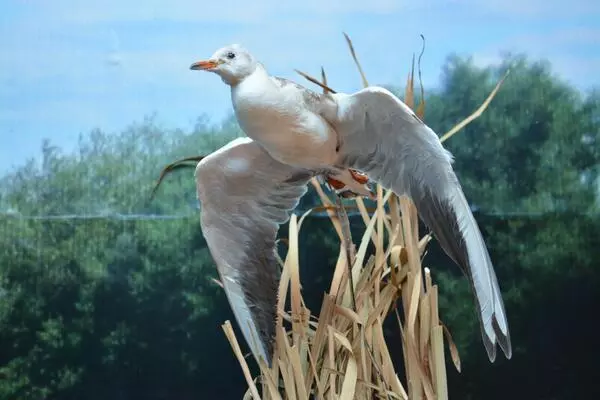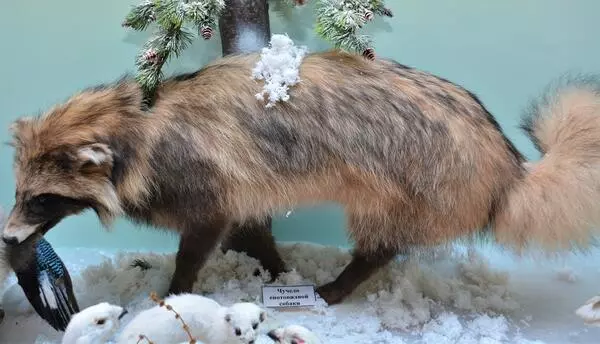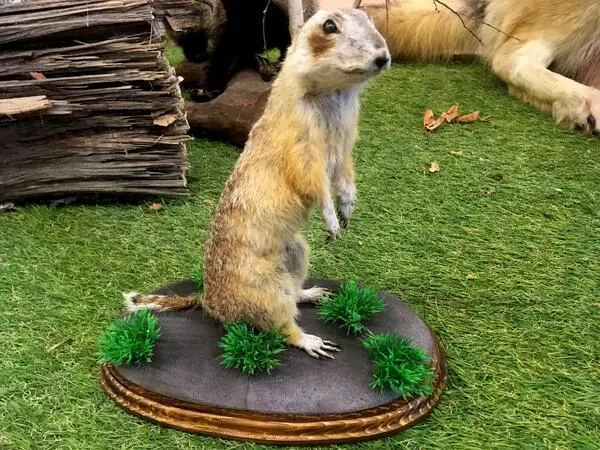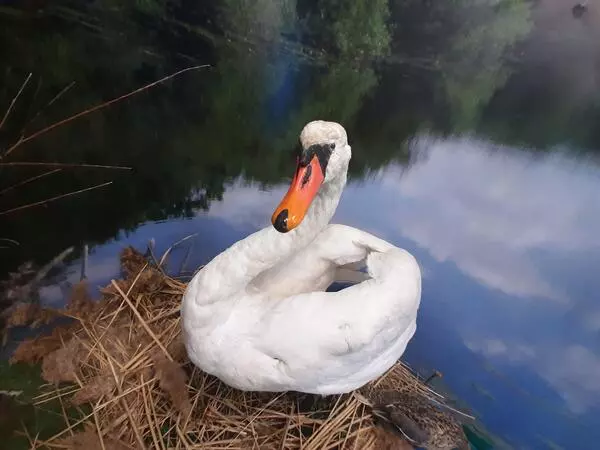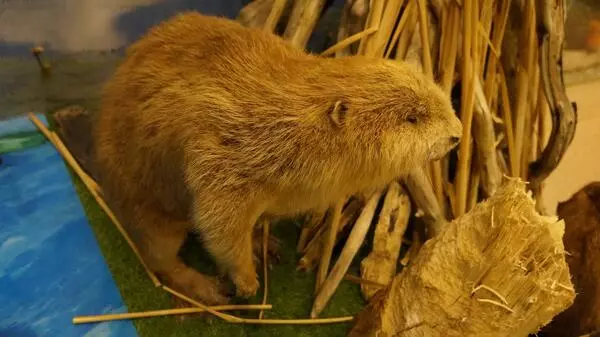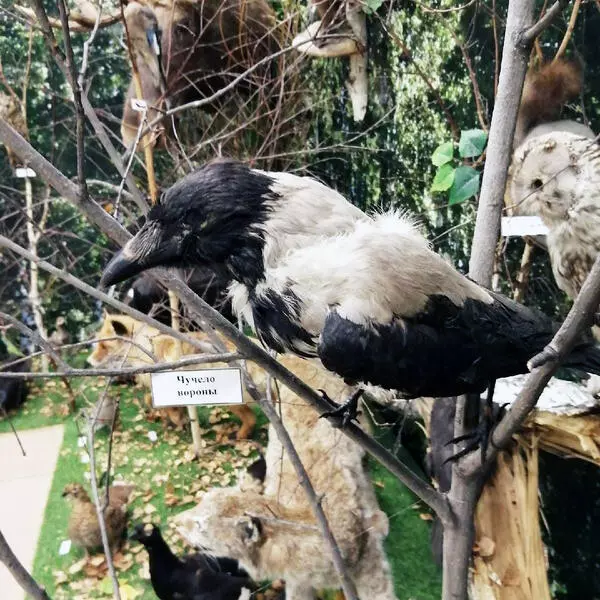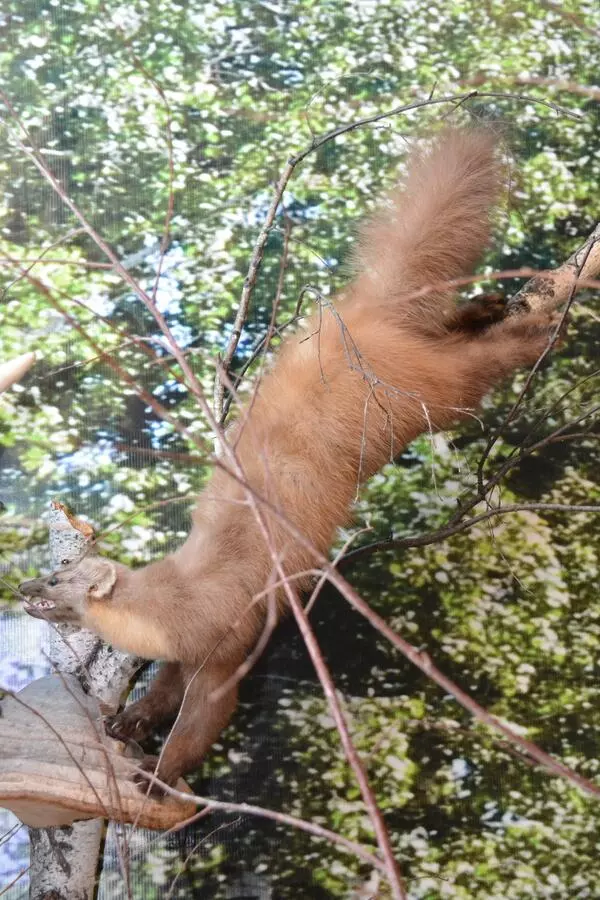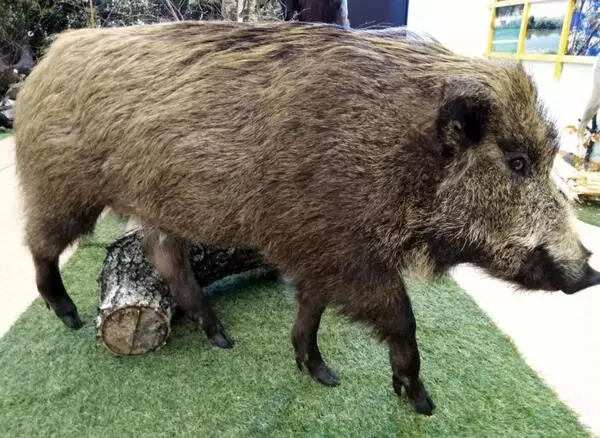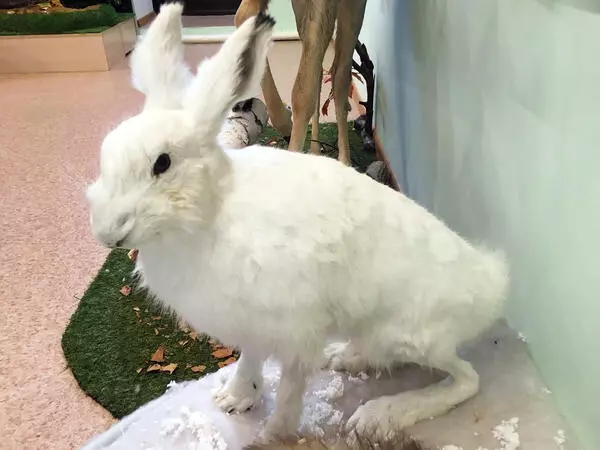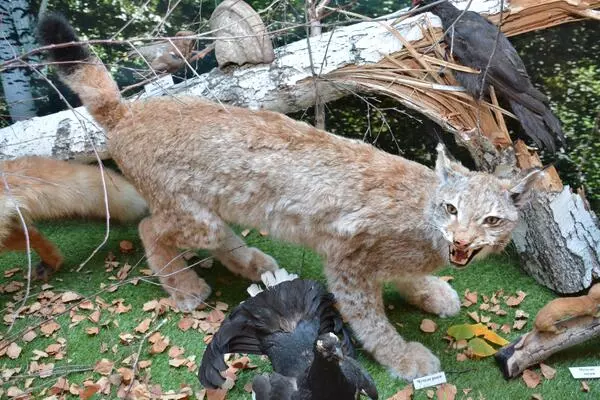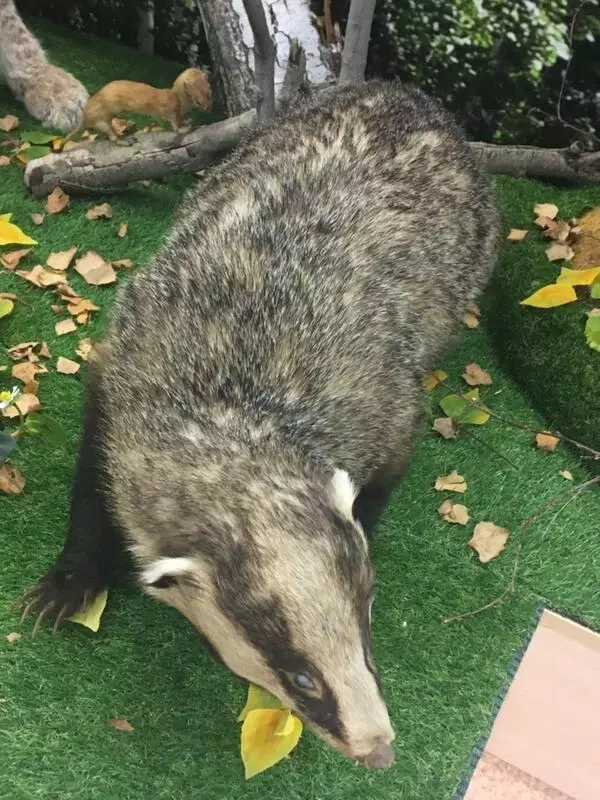The northern shoveler is a typical representative of the duck family with a very long bill that gets significantly wide towards its tip. Its plumage shows sexual dimorphism. The breeding drake has bright black markings with a green or blue tint. The female has a protective mottled brown plumage with pale upper wings. The legs are bright orange in both sexes. When the mating season is over is summer, the drake changes its plumage to one resembling the female.
This is one of the most carnIvorous river ducks. The northern shoveler’s diet relies mostly on tiny crustaceans, insects, and larvae. The bird filters them out of the water using its tongue and bill plates. Some species of snails and fish larvae represent a smaller portion of the northern shoveler’s diet. Apart from animal food, the bird feeds on grass and seeds of water plants. Here is how the northern shoveler feeds: the bird either plunges its huge bill in the water to dabble for food or whirls around the same spot for a long time to make the food come up from the bottom.
The northern shoveler is a silent bird. The drake is more often to hear. It makes disyllabic dull and smacking sounds ‘kho-kho, ’ repeating it several times when alarmed. The female’s quacking is hoarser and quieter.
Except when nesting, the northern shoveler is a flock bird always eager to join other ducks. It takes wing from the water without running across it. When on water, the bird adopts a typical posture with the bill lowered.
Northern shovelers arrive at breeding sites in pairs. The courtship includes the male and female swimming after each other with their bills in water. The female broods the eggs alone, but the male is always nearby. The drake loses interest in the offspring shortly after ducklings hatch. Males fly away and form monosexual flocks to wait till the molting is over. After they come out to the water for the first time, ducklings stay in dense vegetation for a long time. Ducklings become independent at the age of 40 to 45 days.
The northern shoveler leaves Europe to spend winter in the British Islands and the Azores, the Mediterranean Basin, and the shores of the Black Sea in Bulgaria and Romania.
This is one of the most carnIvorous river ducks. The northern shoveler’s diet relies mostly on tiny crustaceans, insects, and larvae. The bird filters them out of the water using its tongue and bill plates. Some species of snails and fish larvae represent a smaller portion of the northern shoveler’s diet. Apart from animal food, the bird feeds on grass and seeds of water plants. Here is how the northern shoveler feeds: the bird either plunges its huge bill in the water to dabble for food or whirls around the same spot for a long time to make the food come up from the bottom.
The northern shoveler is a silent bird. The drake is more often to hear. It makes disyllabic dull and smacking sounds ‘kho-kho, ’ repeating it several times when alarmed. The female’s quacking is hoarser and quieter.
Except when nesting, the northern shoveler is a flock bird always eager to join other ducks. It takes wing from the water without running across it. When on water, the bird adopts a typical posture with the bill lowered.
Northern shovelers arrive at breeding sites in pairs. The courtship includes the male and female swimming after each other with their bills in water. The female broods the eggs alone, but the male is always nearby. The drake loses interest in the offspring shortly after ducklings hatch. Males fly away and form monosexual flocks to wait till the molting is over. After they come out to the water for the first time, ducklings stay in dense vegetation for a long time. Ducklings become independent at the age of 40 to 45 days.
The northern shoveler leaves Europe to spend winter in the British Islands and the Azores, the Mediterranean Basin, and the shores of the Black Sea in Bulgaria and Romania.
